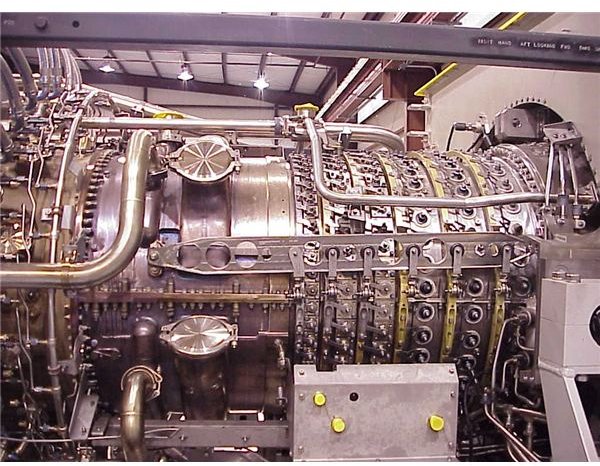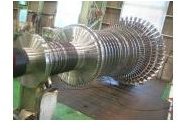What is a Prime Mover? Where did the Phrase Prime Mover come From?
Introduction of the Term “Prime Mover”
The unique feature of our civilization, which makes it different from all others, is the wide use of mechanical power. Earlier, animals had been trained to help us for various purposes such as for travelling and for agriculture usage. After this, a revolution in wind power came into play. For example, ships used wind power to travel. After some time, the use of power from running streams started. When we learned to convert the heat of chemical reactions into mechanical energy, it revolutionized the world. Machines which were used for this purpose are known as heat engines and the whole system of these machines is called prime movers.
Definition of Prime Mover
The actual meaning of prime mover is a primary source of power. It means all the machinery that provide power for performing different mechanical work.
Technically, it is a group of machines that transform energy from thermal, electrical, or pressure into mechanical form for use in different sources for some mechanical work. Engines and turbines are examples.
The First Prime Mover
The first prime mover that had a revolutionary effect was the gun. They work under the principle of a heat engine. It was hard to recognize that the very important difference between the bow and the gun was the substitution of gunpowder for the bowman’s muscles. This made a revolution because the musket was originally inferior to the bow in range and accuracy, but, through persistence, the range and accuracy of musket became more advanced. The effectiveness of this prime mover is still being increased.
Development of Prime Movers
-
Another revolution was begun when the technology of the steam engine was improved by Watt. He changed the concept by using an intermediate working fluid. The effect of this improved technology was that the products of combustion did not act directly on the moving parts of the mechanism. After some time, they started using the ancient principle of the turbine in place of the piston engine to work with the power of steam.
-
For power generation, three principal competitors are introduced in the field of production of mechanical power. They are the steam turbine plant, the diesel piston engine, and the gasoline piston engine.
-
Steam turbines became the most important prime mover for power generation around the turn of the nineteenth century. They were widely used in the power plants for marine vessels, too. However, these types of engines had an important disadvantage- they could not produce high pressure, high temperature steam.
-
Because of this, new bulky and expensive steam generating equipment, the boiler and the nuclear reactor, were introduced. They are intended to produce steam as an intermediate working fluid.
-
Later many other power generation systems were introduced. Those systems are more beneficial because they reduce a step in changing water into steam. They produce the hot gases themselves, and the hot gases are used directly to drive the turbine. The example of such types of power generators is piston diesel. In many locations these machines started replacing bulky power plants for power generation.

-
Gasoline engines were used in the early days for aircraft propulsion. A device named the gas turbine was also introduced during that time, and it supplanted the use of superchargers based on piston engines.
-
The main development of the gas turbine started only after the Second World War. They were based on shaft power technology and were called turboprops. After some time the development of turbojet engines for aircraft usage started, and these are based on mass airflow rather than shaft output. However, the gas turbine is still being used worldwide because they can be used in variety of applications.
Summary
Earlier efforts at power generation systems had some advantages and some disadvantages; however, only few of them were focused on the design and development of effective gas turbines.
Today’s gas turbines, the prime movers that generate our electricity, provide the most effective power plant in every respect. They have high reliability, low lubricating oil consumption, and a high power to weight ratio.
Image:Gasturbinetraining.com-Gas Turbine
Image:rovertech.net-Steam Turbine
Reference- GasTurbine-V.Ganesan TMH
